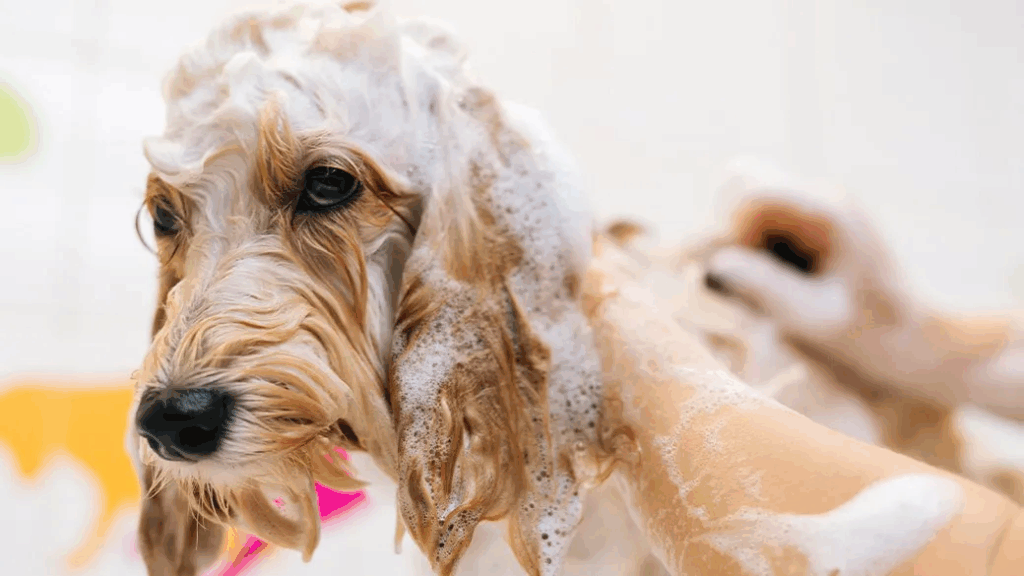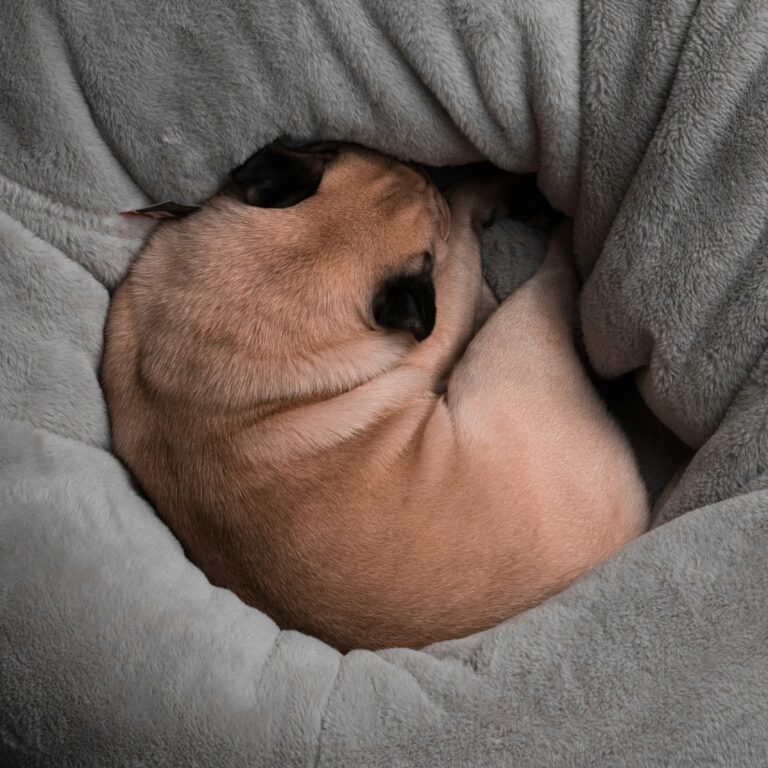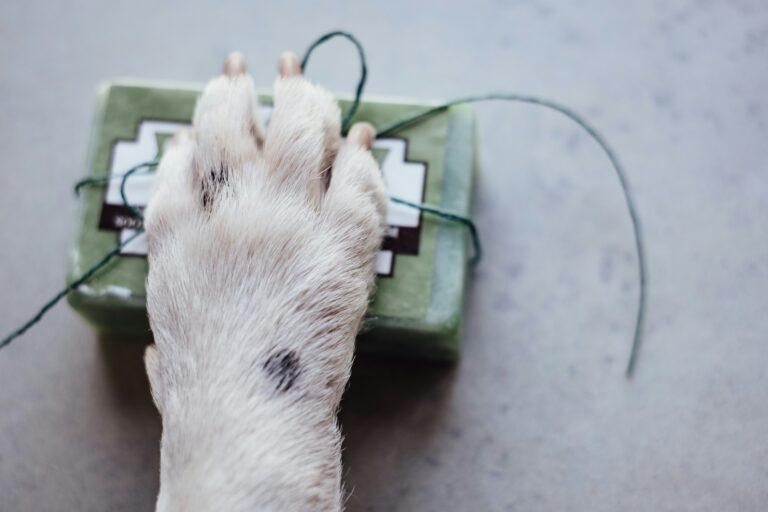Every small dog owner knows the joy these little companions bring to our lives, but are we aware of the common grooming mistakes that can harm them? The topic at hand is “Small Dog, Big Mistakes: Avoid These Common Grooming Errors for a Happier, Healthier Pup!” This information will equip you with the knowledge to take better care of your furry friends, ensuring they live happier and healthier lives.
This post will cover a range of issues, from the basics of grooming, the importance of regular grooming, to the common mistakes you may be unknowingly making. It will provide insight into the world of small dog grooming, from the types of brushes to use, to the correct bathing techniques, and everything in between. The ultimate goal is to help you keep your pet’s coat looking shiny, clean, and healthy.
By the end of this post, you’ll be a more informed dog owner, able to avoid common grooming pitfalls and take better care of your pup. So if you’re committed to giving your furry friend the best life possible, then buckle up, and get ready for a deep dive into small dog grooming. Remember, a well-groomed dog is a happy and healthy dog! 🐾🐕🦺🐶
Understanding the Need for Regular Grooming
Every dog owner should comprehend the importance of regular grooming for their pet’s health and well-being. Proper grooming is much more than just keeping your pup look tidy and presentable; it includes tasks like brushing, bathing, nail trimming, and teeth cleaning, all of which are crucial for your pet’s overall health. It may be a demanding task for owners of small dogs who think their pets are low maintenance due to their size. But, irrespective of the size, every dog deserves regular and proper grooming.
The Role of Regular Brushing
Brushing isn’t just for long-haired breeds. Even short-haired small dogs shed, and regular brushing helps remove loose fur and reduces the amount of hair that ends up on your furniture. Brushing also stimulates the natural oils in your dog’s skin, which helps keep their coat healthy and shiny. Furthermore, it allows you to check for any skin abnormalities like fleas, ticks, or lumps that could indicate a health issue. Ideally, you should brush your dog at least once a week, though some breeds might require more frequent brushing.

Avoiding Bathing Mistakes
Bathing is a critical part of dog grooming, but it’s also an area where many pet owners make mistakes. The first error to avoid is bathing your dog too frequently. Excessive bathing can strip your dog’s skin of its natural oils, leading to dryness and irritation. Most dogs only need a bath every one to two months, though this can vary based on their breed and lifestyle.
Choosing the Right Shampoo
Another common mistake is using human shampoo on dogs. Dogs have a different pH balance than humans, and using human shampoo can disrupt this balance and cause skin irritation. Always use a dog-specific shampoo and follow the instructions on the bottle. If your dog has sensitive skin, consider using a hypoallergenic or oatmeal-based shampoo.

Common Mistakes in Nail Trimming
Nail trimming is one aspect of dog grooming that many pet owners dread, but it’s essential for your dog’s comfort and health. Dogs with excessively long nails can experience discomfort and even pain. Moreover, nails that are not regularly trimmed can become ingrown, leading to a painful condition that may require veterinary attention.
Trimming Techniques
The most common mistake is cutting into the quick, the blood vessel inside the nail. This can be painful and can cause your dog to become fearful of nail trims in the future. If you’re uncomfortable trimming your dog’s nails, consider having a professional groomer or vet do it.
Dental Care: A Commonly Overlooked Aspect
Many pet owners overlook dental care, which is a crucial aspect of dog grooming. Regular brushing of your dog’s teeth helps prevent plaque and tartar buildup, which can lead to gum disease, tooth loss, and even more severe health problems like heart, liver, or kidney disease. Good oral hygiene is just as important for dogs as it is for humans, and establishing a dental care routine early can save you and your pet from significant discomfort and costly veterinary bills down the line.
Neglecting dental care can lead to the development of periodontal disease, one of the most common health problems in small dog breeds. This condition can cause chronic pain, difficulty eating, and systemic infections if left untreated. Since smaller breeds are particularly prone to dental issues due to the crowded arrangement of their teeth, it is especially important for owners of small dogs to prioritize oral hygiene.
Signs of Dental Problems
Being aware of the signs of dental disease can help you catch problems early before they escalate:
- Persistent bad breath (halitosis)
- Yellow or brown buildup (tartar) on the teeth
- Red, swollen, or bleeding gums
- Difficulty eating or reluctance to chew
- Loose or missing teeth
- Drooling excessively
If you notice any of these symptoms, it’s important to consult your veterinarian promptly.
Selecting the Right Toothpaste
One of the most common mistakes pet owners make is using human toothpaste to brush their dog’s teeth. Human toothpaste contains ingredients such as fluoride and xylitol, which are toxic to dogs and can cause serious health issues if ingested, including vomiting, diarrhea, and potentially life-threatening conditions like hypoglycemia or liver failure.
Instead, always use a toothpaste specifically formulated for dogs. These toothpastes are safe for canine consumption and often come in flavors appealing to dogs, such as poultry, beef, or peanut butter, making the brushing process more enjoyable for both pet and owner.
Choosing the Right Toothbrush
Selecting the appropriate toothbrush is just as important as choosing the right toothpaste. Dog toothbrushes come in various designs:
- Finger Brushes: These slip over your finger and allow better control when brushing smaller mouths, which is ideal for tiny breeds.
- Dual-Headed Brushes: These have two different-sized brush heads, making it easier to reach all areas of your dog’s mouth.
- Soft-Bristled Brushes: Always use brushes with soft bristles to avoid irritating your dog’s gums.
How to Brush Your Dog’s Teeth
Brushing your dog’s teeth may seem challenging at first, but with patience and positive reinforcement, it can become a regular, stress-free part of your grooming routine. Here’s a simple step-by-step guide:
- Introduce the Tools: Let your dog sniff and lick the toothbrush and toothpaste so they become familiar with them.
- Start Slowly: Begin by gently lifting your dog’s lips and touching their teeth and gums with your finger.
- Use Small Amounts: Apply a small dab of dog toothpaste to the brush or your finger.
- Brush Gently: Using circular motions, brush along the gum line and teeth surfaces. Focus on the outer sides of the teeth where plaque tends to accumulate.
- Short Sessions: Keep the sessions brief and positive, gradually increasing the brushing time as your dog becomes more comfortable.
- Reward and Praise: Always reward your dog with a treat or affection afterward to associate tooth brushing with a positive experience.
Ideally, you should brush your dog’s teeth daily, but even brushing a few times a week can make a significant difference in their oral health.
Additional Dental Care Tips
While brushing is the gold standard, there are additional ways to support your dog’s dental health:
- Dental Chews and Toys: These can help scrape plaque off the teeth and satisfy your dog’s natural urge to chew.
- Dental Wipes: If brushing isn’t an option, dental wipes designed for dogs can be used to clean the teeth and gums.
- Water Additives: Some products can be added to your dog’s water bowl to help reduce plaque and freshen breath.
- Professional Cleanings: Regular professional dental cleanings by your veterinarian are essential, especially for small breeds prone to dental problems.
Final Thoughts on Dental Care
Taking the time to care for your dog’s teeth is one of the best investments you can make in their long-term health and happiness. Dental disease is painful, costly, and entirely preventable with the right routine. By brushing regularly, using proper canine dental products, and scheduling professional cleanings as needed, you ensure that your small dog maintains a bright smile and avoids many serious health issues down the line.
Remember, good dental care is not just about aesthetics—it’s a crucial part of your dog’s overall health regimen. 🐾🦷✨
Proper Ear Care
Maintaining clean ears is another vital part of dog grooming, often neglected. Many small dog breeds, particularly those with floppy ears like Cocker Spaniels or breeds with hair growing inside the ear canal like Poodles and Yorkies, are especially prone to ear infections. Moisture, debris, and wax buildup can create a breeding ground for bacteria and yeast, leading to uncomfortable and sometimes painful infections. By incorporating regular ear care into your grooming routine, you can help prevent many of these issues before they start.
Safe and Effective Cleaning
One of the most common mistakes pet owners make is using cotton swabs (Q-tips) to clean a dog’s ears. While it may seem like an effective method, cotton swabs can actually push debris further into the ear canal, potentially causing blockages or damaging the delicate eardrum. Instead, the safest method involves using a veterinarian-approved dog-specific ear cleaning solution, combined with soft materials like cotton balls or gauze.
How to Properly Clean Your Dog’s Ears:
- Choose the Right Moment: Pick a time when your dog is calm and relaxed.
- Apply the Solution: Gently squirt a few drops of ear cleaner into the ear canal, following the product’s instructions.
- Massage the Base of the Ear: Massage gently to help the cleaner break up any wax and debris inside.
- Let Your Dog Shake: Allow your dog to shake their head naturally; this will help bring debris to the outer part of the ear.
- Wipe the Outer Ear: Use a cotton ball or gauze to gently wipe away dirt and excess solution from the ear flap and outer ear canal. Never insert anything deep into the ear.
If you notice signs of infection such as redness, swelling, foul odor, or excessive scratching, it’s important to consult a veterinarian. Regular ear checks and cleanings can greatly reduce the risk of infections and contribute to your small dog’s overall comfort and health.
Avoiding Over-grooming
While grooming is essential, overdoing it can lead to problems. For instance, too much brushing can lead to skin irritation, and excessive bathing can strip your dog’s skin of its natural oils.
Finding the Right Balance
Striking a balance between under-grooming and over-grooming is key. A grooming routine should be based on your dog’s breed, age, health, and lifestyle. If you are unsure, consult with a professional groomer or a vet to devise an optimal grooming schedule for your pup.
Remember, grooming is an excellent opportunity to bond with your pet and make them look their best. By avoiding these common mistakes, you can ensure a happier, healthier pup.
Conclusion
In conclusion, the grooming of a small dog is an essential task that, if carried out incorrectly, can lead to a myriad of problems. It’s not just about appearance; it’s about their health and well-being. The common grooming mistakes, such as over-bathing, improper brushing, and neglecting dental care, may seem insignificant, but they can lead to serious health issues over time. Therefore, always be mindful to use the correct grooming tools and techniques, as well as seeking professional grooming assistance when necessary. Remember, grooming is an integral part of your pup’s overall health regime, just like diet and exercise.
Always stay informed about the proper grooming methods to ensure your pup lives a happy, healthy life. Avoiding these common grooming mistakes is one of the best things you can do for your small dog. A well-maintained coat, healthy teeth, clean ears, and properly trimmed nails all contribute to their overall happiness and comfort. Additionally, grooming sessions are a wonderful opportunity to bond with your pet, building trust and affection. Remember, a well-groomed pup is a happy, healthy pup, and a happy pup makes for a joyful home! 🐶🐾👍



